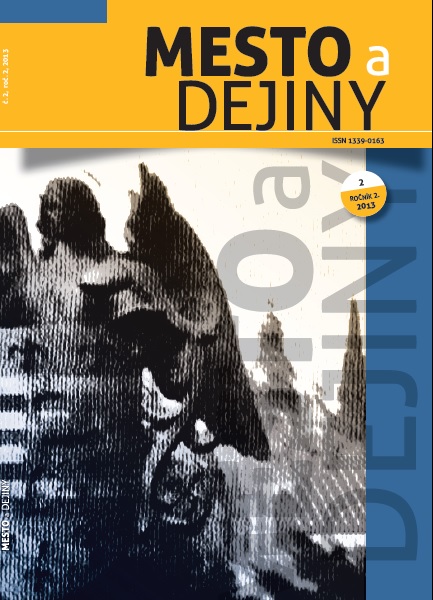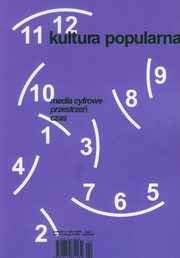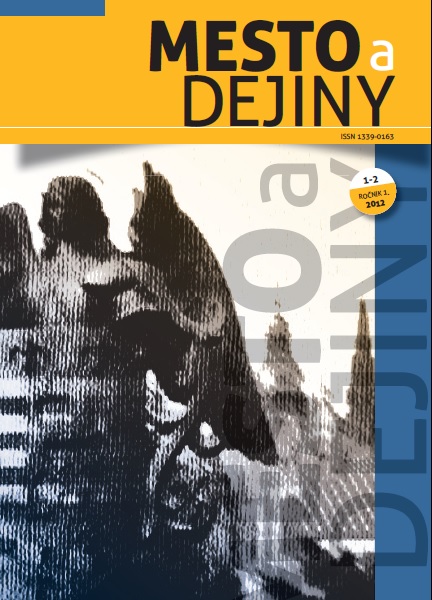Author(s): Sylwia Siedlecka / Language(s): Russian
Issue: 01/2016
Zbigniew Raszewski zauważył, że popularność cyrku nie idzie w parze z jego prestiżem społecznym. Zadziwiające że cyrk, mający przecież wiele wspólnego z widowiskami sportowymi, cieszy się znacznie mniejszym niż one poważaniem. „W zwykłych okolicznościach nie pójdzie do cyrku żaden pisarz, malarz, profesor – chyba że z dziećmi” (Raszewski, 1991,184). Uśmiech zażenowania, niekiedy ironii, znam z doświadczenia – jest częstą reakcją, kiedy mówię, że naukowo zajmuję się badaniem historii cyrku. Widowisko cyrkowe cieszy się dużo mniejszym poważaniem niż mecz piłki nożnej czy walka bokserska – a przecież błąd grozi akrobacie złamaniem kręgosłupa, podobnie jak chwila nieuwagi będzie kosztować życie tresera lwów. Być może zażenowanie wiąże się z tradycją cyrku, który jako widowisko o początkach sięgających starożytności przez wieki łączył skrajnie odmienne estetyki i eksponował – tym bardziej, im bliżej nowoczesności – to, co na co dzień ukryte, wstydliwe, zepchnięte w zbiorową podświadomość, zacierając podziały między człowiekiem i zwierzęciem, wystawiając na widok publiczny osobliwość i monstrualność, mieszając popisy klaunów z powagą innych numerów cyrkowych. Do dziś jedno z głównych potocznych znaczeń słowa „cyrk”, a wraz z nim popularnego frazeologizmu „cyrk na kółkach” Słownik Języka Polskiego deJniuje jako „dziwaczne zachowanie”, „zabawną sytuację lub nietypowe zachowanie zwracające uwagę”, mimo że dziwaczność to cecha odnosząca się do wycinka tradycji cyrku, niebywale historycznie i przestrzennie zróżnicowanej pod względem dziedzin i estetyk.
More...




